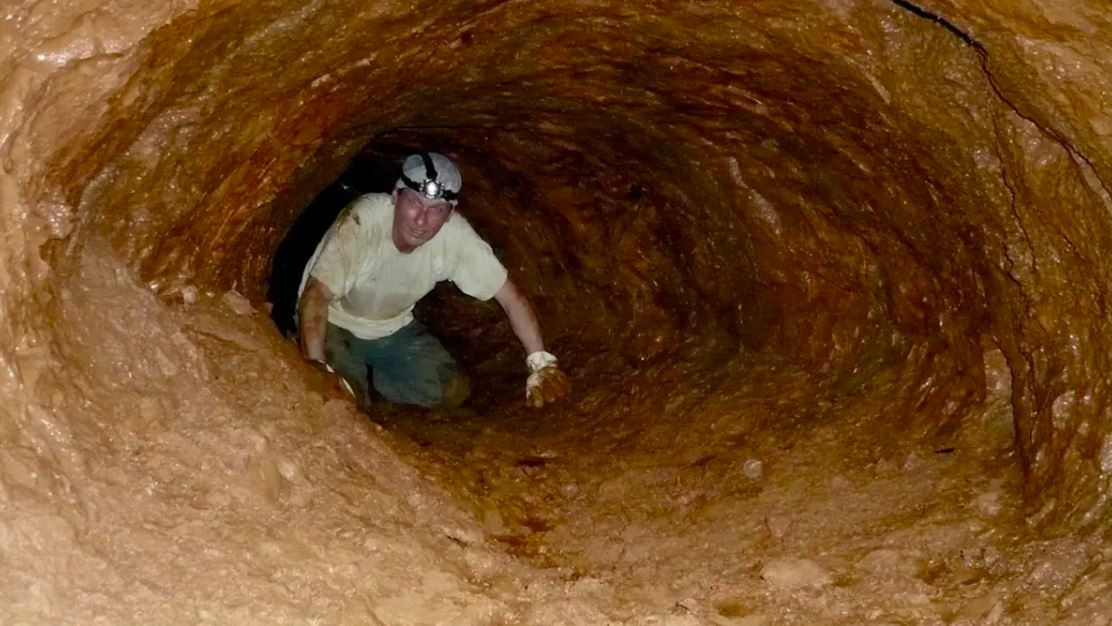Earlier this century, a number of large caves were discovered in South America. The scientists who discovered these caves, after the researches, realized that they were not made by any human or geological process.
Heinrich Frank, a professor of geology, saw a strange hole buried in a hill at a construction site as he passed by on the highway, Discover reports. Frank went back to this hole unearthed during the excavation and went inside.
The cave was 4.5 meters long. Frank was able to say that the cave was not made by geological forces or humans, but beyond that he had no idea. In a way you probably wouldn’t want to find in a cave you voluntarily entered, there was a huge clue inside: giant claw marks on the ceiling.

This cave, along with many other caves he and others have discovered in Brazil and Argentina, is thought to have been made by extinct megafauna. The cave Frank found was created 10,000 years ago and probably has giant sloths behind it. These creatures were not like modern-day sloths, and the main difference was that they were the size of an African elephant.
Frank and his team found more than 1,500 caves and tunnels in the Rio Grande do Sul region, the longest of which was 609 meters and 1.8 meters high, made by animals. These are thought to have been carved by sloths, probably for several generations.
Despite their size, there is evidence that humans may have hunted giant sloths. Two hundred fossilized footprints of sloths and humans found in Utah were analyzed by a team in a 2018 study and determined that they were evidence that humans were “actively stalking and/or disturbing sloths, even if they weren’t hunting them.”
“The behavior is likely recreational, but human interactions with sloths are probably better interpreted in the context of tracking and/or hunting,” the paleontologists write. “Sloths would be fearsome prey. Their strong arms and sharp claws gave them deadly reach and a clear advantage in close-range encounters.”